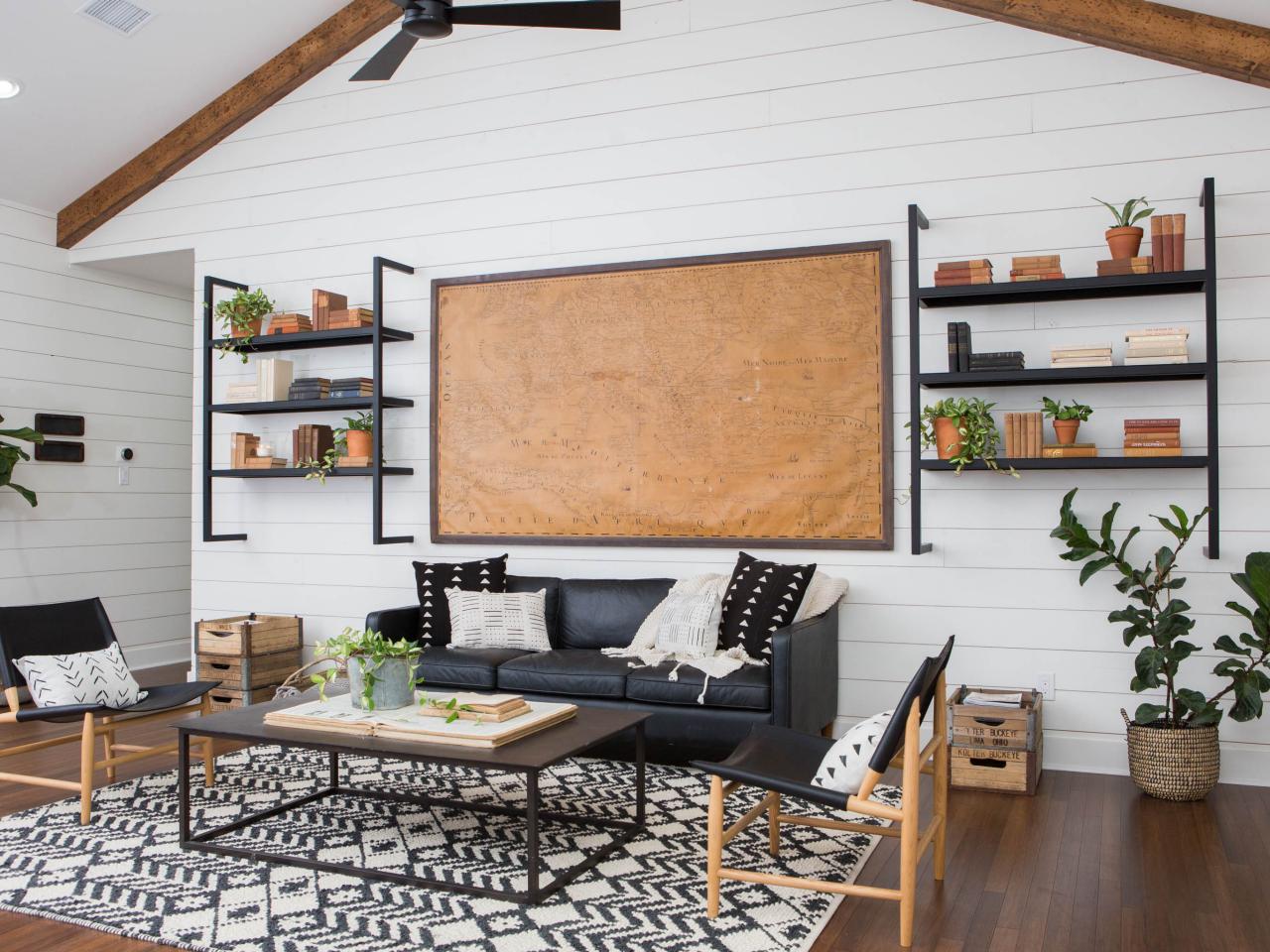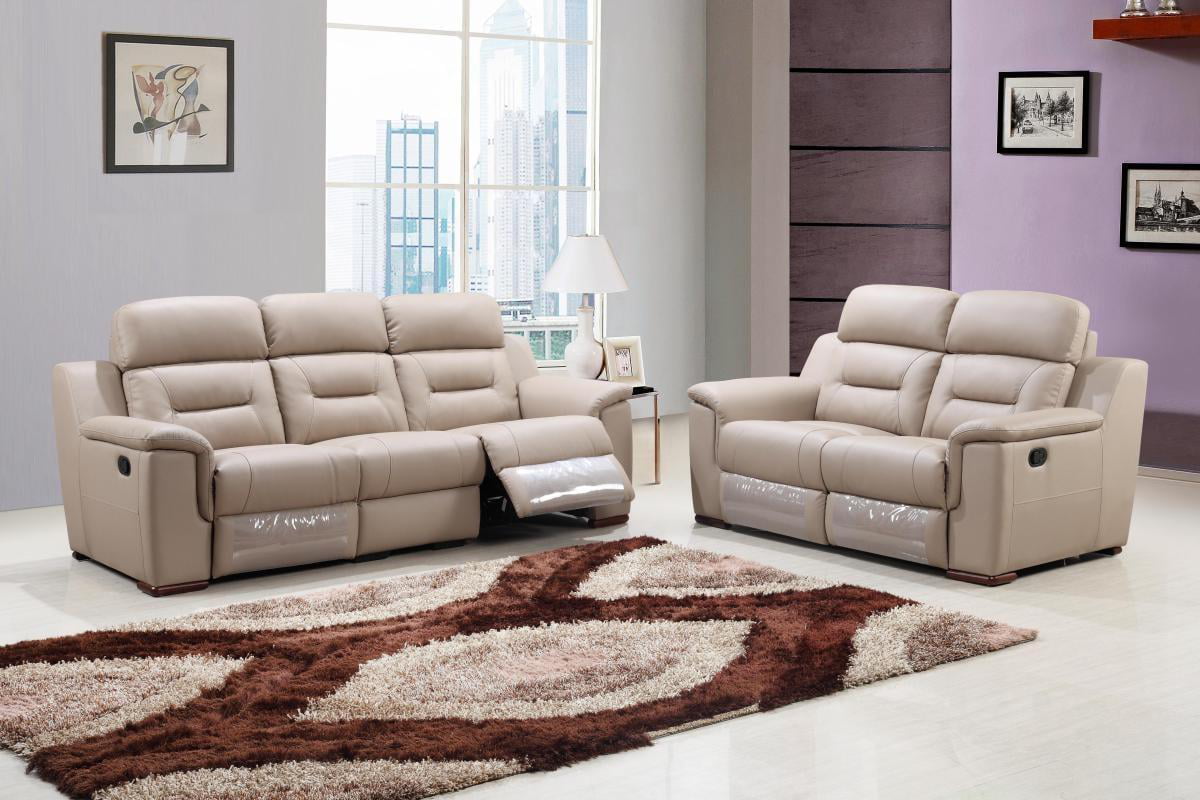Gender bias is an entrenched problem in many aspects of society, including how architectural and home design is approached. This type of imbalance has been known to exist in the design of homes for decades, with utilities traditionally designed in favor of male-centered tasks and gender-based stereotypes entrenched in the design decisions. This type of gender bias can be seen throughout history as well as in today's housing and architectural development, but there are ways to combat it.Gender Bias in Home Design
There are a number of different ways in which gender biases can be observed in home design. These can range from the obvious, such as gender-based stereotypes reinforcing the idea that women are best suited to house cleaning or child care responsibilities, to more subtle, nuanced biases in the placement of utilities that favor male-oriented activities. For example, a male homeowner may choose to place the washing machine in a far off, hidden corner of the house, out of sight and out of mind while the man's bedroom, bathroom, and study are all designed in the living space for convenience. This amounts to sexism in home design as it implies that the responsibilities of laundry and housekeeping are only suitable for women.Types of Sexism in Home Design
In present-day society, this type of gender bias is still alive and well in home design. This can be observed in the fact that bathrooms are disproportionately larger and more luxurious in men's homes than in women's homes. This is compounded with features such as "man caves" and "she sheds," wherein men are given exclusive spaces of their own to retreat and relax while women are much less likely to be afforded the same privilege. Moreover, it is still seen in the location of utility areas such as laundry rooms and storage, which are more often than not hidden away and designed to be out of sight. This type of design choice reinforces the idea that these tasks are only suitable for female occupants of the house, as men are rarely expected to help with such duties.Present-Day Examples of Gender Bias in House Design
The challenge to creating gender-neutral home designs is that historically, gender-biased designs have become the norm. This means that many people still expect their homes to conform to this outdated and often oppressive choice in design, which can be a hard habit to break. Breaking this habit requires education and awareness-building of the harms that gender-biased designs can have, as well as showing the positive outcomes of more equitable decisions in architectural and home design. It may take time for people to adjust and accept alternative, gender-neutral designs, but this is the only path towards a more inclusive and appropriate home design.Challenges to Eradicate Gender Bias in Home Design
Gender stereotypes also play a role in creating gender-biased architecture and home design, as traditionally ideas of the perfect home are rooted in white, western ideals. This means that often the only acceptable layout of the home is one in which the woman is responsible for child care, cleaning, and cooking responsibilities while the man is responsible for manual labor and other activities that might be seen as more male-oriented. Any deviation from this model is often seen as being unacceptable. This type of gender stereotyping in home design reinforces the idea that certain roles in the home are gender-specific, creating a divide and an atmosphere of inequality. This type of bias needs to be recognized and addressed in order to create truly gender-inclusive home designs.Gender Stereotypes in Home Design
Environmental sexism is a form of gender bias in home design that has been observed in some areas. This type of discrimination takes into account the environmental impacts of design choices, such as thenatural resources needed to build and sustain the home, how accessible certain parts of the home are to different genders (for example, in terms of how easy it is for a woman to access a room on a different floor), and the types of materials used. In some cases, environmental sexism may not seem intentional or directly gender-biased, but the overall outcome of the design can still be oppressive and discriminatory qua gender. For this reason, it is important to pay attention to the environmental impacts of design choices and how they affect different genders.Environmental Sexism in Home Design
In order to combat sexism in home design, it is important to analyze and understand the ways in which gender-biased designs may become entrenched. This may involve researching the history of home design and observing how traditional designs are perpetuated in modern-day spaces, as well as questioning why certain design choices are made and how they might be interpreted by different genders. By understanding the history and context of a home design, it is possible to identify any gender biases and create a gender-inclusive design that creates a more equitable space for all occupants.Analysis of Sexism in Home Design
When gender-biased designs are chosen, the impacts on the occupants can be both physical and psychological. Physically, these designs may impede the users' movements or prevent them from accessing certain parts of the home. Psychologically, these design choices can make people feel like they do not belong or are unwelcome in certain areas, as well as reinforcing gender-based stereotypes and creating an atmosphere of inequality. The effects of these biases can lead to a lack of autonomy and independence within a home, as well as feelings of insecurity and inadequacy among occupants. For this reason, it is important to be aware of any gender biases in the design of a home and to take steps to eliminate them.Impacts of Sexism in Home Design Decisions
In order to combat gender-biased home design, it is important to look for solutions that embrace gender-inclusivity and equity. This may involve looking for design options that address some of the issues outlined above, such as finding ways to make all parts of the home accessible to people of all genders, regardless of age or physical ability. It may also involve eliminating gender-based stereotypes and traditional roles in the design of the home and instead creating a space that is customized to each individual's needs and wants. This will lead to a more comfortable, equitable environment for all occupants.Gender-Inclusive House Design Solutions
Discrimination is also present when considering home decoration, in the sense that certain symbolic and monetary objects may be prioritized over others depending on the gender of the homeowner. This reinforces the idea that certain hobbies, interests, and activities are gendered, creating an atmosphere of exclusion and subjugation. This type of gender discrimination can be addressed by creating a home that reflects the interests and hobbies of all the occupants, regardless of their gender. This will create a more equitable atmosphere where everyone can express themselves freely, regardless of their gender.Gender Discrimination in Home Decoration
When it comes to home improvement, it is important to consider an inclusive design approach that takes into account all of the occupants and their needs and wants. This means that the design should be tailored to their individual preferences, rather than conforming to traditional gender roles and stereotypes. It is also important to consider the environmental impacts of the design decisions, as the choices made may be biased against certain genders. By creating an environment that is inclusive and equitable, the occupants will have more freedom to express themselves and create a home that is truly tailored to their individual needs and wants.Inclusive Design in Home Improvement
Historical Legacy of Sexism in House Design
 When considering the history of sexism in house design, one must understand that this phenomenon is not new. Throughout much of Western history, gender roles have been rigidly enforced and, in some cases, inextricably linked to the physical structure of the home. This restriction of gender roles and
gender-based power dynamics
can be seen in many architectural styles, from classical
Greek Revival
to Modernist, often subtly encoded in both structure
interior design
.
Up until relatively recently, house design was often tailored to different gendered needs, sometimes to the point of gender segregation. This is especially noticeable in regards to the design of kitchens. In many cultures, such as those in antiquity, kitchens were segregated to the point that they were located in separate parts of the house. In some cases, this was mainly due to concerns of hygiene, however factors such as
patriarchal gender roles
also played a part.
Modern house designs, however, are exploring more gender-neutral approaches. Features like open plan living, where kitchens and other communal areas are placed closer together, are becoming increasingly popular and offer a much more equal relationship between men and women living in the same space. Although this design is still in the evolutionary stages, it marks a distinct shift away from the overtly male-dominated house designs of the past.
Ultimately, in order to truly achieve gender-egalitarian house design, not only should the house be designed for gender- neutrality, but there must also be a shift in public opinion towards including women in the design and development discussion. Only then will sexism in the architecture of our homes begin to be truly tackled.
When considering the history of sexism in house design, one must understand that this phenomenon is not new. Throughout much of Western history, gender roles have been rigidly enforced and, in some cases, inextricably linked to the physical structure of the home. This restriction of gender roles and
gender-based power dynamics
can be seen in many architectural styles, from classical
Greek Revival
to Modernist, often subtly encoded in both structure
interior design
.
Up until relatively recently, house design was often tailored to different gendered needs, sometimes to the point of gender segregation. This is especially noticeable in regards to the design of kitchens. In many cultures, such as those in antiquity, kitchens were segregated to the point that they were located in separate parts of the house. In some cases, this was mainly due to concerns of hygiene, however factors such as
patriarchal gender roles
also played a part.
Modern house designs, however, are exploring more gender-neutral approaches. Features like open plan living, where kitchens and other communal areas are placed closer together, are becoming increasingly popular and offer a much more equal relationship between men and women living in the same space. Although this design is still in the evolutionary stages, it marks a distinct shift away from the overtly male-dominated house designs of the past.
Ultimately, in order to truly achieve gender-egalitarian house design, not only should the house be designed for gender- neutrality, but there must also be a shift in public opinion towards including women in the design and development discussion. Only then will sexism in the architecture of our homes begin to be truly tackled.





























































































